
The Indian economy is witnessing a sea change, powered by an explosion of entrepreneurial activity, thereby clearly establishing the country as the third-largest start-up ecosystem in the world. And at the heart of this sea change is a critical government intervention directed at solving perhaps the toughest challenge before any new venture-seed funding. The Start-up India Seed Fund Scheme is the foundational pillar to make sure that innovative ideas from every corner of the nation get the capital and support required, especially beyond the major metros, to transition from concept to a scalable business. This is the definitive answer to early-stage capital inadequacy in Start-up funding India.
The Indian Start-up Ecosystem and its Foundational Elements
The Indian start-up ecosystem is very vibrant, with over 1.57 lakh DPIIT-recognised start-ups till late 2024. This growth reflects the democratisation of entrepreneurship spurred by the broader Start-up India initiative.
Defining an Eligible Start-up (DPIIT Recognition)
Formal recognition by the Department for Promotion of Industry and Internal Trade is usually a precursor to most of the government benefits, including the seed fund scheme; therefore, any entity on its way to commencing business must meet the following criteria as minimum qualifications:
|
Criterion |
Requirement |
|
Incorporation Age |
Not exceeding 10 years from the date of incorporation/registration. |
|
Turnover Limit |
The turnover has not exceeded ₹100 crore in any of the previous financial years. |
|
Innovation & Scalability |
Working towards innovation and having a potential for employment generation or wealth creation. |
The Seed Fund Scheme: Bridging the "Valley of Death"
The term seed funding means the early capital required to prove a concept and develop a Minimum Viable Product and achieve initial market traction. This stage is especially known as the "valley of death" because many promising ventures fail here due to an absence of institutional seed funding.
The Start-up India Seed Fund Scheme directly addresses this by positioning itself as the critical "first-check" investor.
Key Objectives of the SISFS
The Start-up India seed fund scheme offers financial assistance for:
- Validation of Proof of Concept (POC)
- Prototype Development and Testing.
- Product Trials and Initial Market Entry
- Initial Commercialisation and Scaling.
Financial Instruments under the SISFS
The seed fund scheme is designed to provide structured support upto a maximum of ₹70 Lakhs per Start-up, in the following two forms:
|
Instrument |
Maximum Amount |
Purpose Key |
Benefit |
|
Grant |
Up to ₹20 Lakhs |
POC validation, Prototype development, Product trials. |
Non-Dilutive capital. This is a very vital element of the Start-up India grants. |
|
Convertible Debenture/Debt |
Up to ₹ 50 Lakhs |
Market entry, commercialisation, and scaling. |
Flexibility and lower dilution. |
This blend of seed funding instruments is thoughtfully selected to minimize dilution for founders at the riskiest, earliest stage.
The Incubator-Led Model and the Role of ISMC
The cornerstone of the Start-up India Seed Fund Scheme is decentralized growth, reliant upon experienced incubators. The SISFS framework grants up to a corpus of ₹5 crore to selected incubators, which further perform the earmarked role of evaluation-cum-disbursement of seed funding. This model combines government capital with expert mentorship and infrastructure support.
The Incubator Seed Management Committee (ISMC)
Each incubator so approved will have to constitute an Incubator Seed Management Committee. The ISMC shall be an investment and selection body comprising industry experts, VCs, successful entrepreneurs, and academic domain experts.
ISMC Function: SISFS stipulates that ISMC shall scrutinize applications based on novelty, market fit, team strength, and the Fund Utilization Plan to ensure seed funds in India are given to the most viable projects.
Schemes for Start-up Boosting-Active and Closed
The SISFS is one of many government initiatives, each targeting different stages of the Start-up lifecycle and aimed at strengthening the overall Start-up funding India landscape.
Active Schemes for Boosting Start-ups
- Start-up India Seed Fund Scheme: This scheme focuses on the seed funding and validation stage, providing critical early capital.
- Fund of Funds for Start-ups (FFS): A scheme of indirect investment in which the government of India invests in SEBI-registered Alternative Investment Funds, which, in turn, invest in Start-ups.
- Credit Guarantee Scheme for Start-ups: This scheme provides a credit guarantee to encourage banks in lending to eligible Start-ups without demanding collateral.
Closed/Non-Operational Schemes
This support mechanism is continuously reviewed and refined by the government. Major schemes such as the Start-up India Seed Fund scheme continue, although older, very specific, or experimental schemes-often at the state level or sector-specific, like some early prototype schemes-are either closed or reformed.
Eligibility for SISFS and Post-Funding Compliances
SISFS Eligibility Criteria - Specific to the Scheme
A DPIIT-recognised Start-up will be eligible to apply for the Start-up India Seed Fund Scheme if it also meets the following additional criteria:
1. Incorporation Age: Not more than two years old at the time of application.
2. Previous Funding Limit: Should not have received more than ₹10 Lakhs of monetary support under any other Central or State Government scheme (excluding prize money).
3. Core Requirement: The company needs to have an idea that can be commercially viable with scope for scaling, using technology if possible.
4. Indian Holding: At least 51 percent of the equity has to be held by Indian promoters.
The Application Journey: Securing the Seed Fund
The application for the seed fund scheme is handled solely through the official portal of Start-up India. The start-up applies to any three SISFS-approved incubators, and ISMC of the selected incubator undertakes the detailed evaluation process.
Post-Funding Compliances
The incubator is responsible for ensuring compliance in securing the seed fund for Start-up India support:
1. Milestone-Based Disbursement: Funds allotted, both grant and debt, are released in milestone-based instalments. A start-up has to meet the predefined targets to get the next tranche of seed funding.
2. Reporting: The start-up shall periodically report the progress of work undertaken and submit audited utilization certificates to the incubator.
3. Use of Funds: Funds granted shall be utilised only for the purpose granted, such as PoC development, and not for creating facilities. Accountability to this will ensure the impact of the seed fund scheme.
Conclusion
The actual value of the Start-up India Seed Fund Scheme lies in de-risking early-stage ventures. It serves as a signal to private investors, thereby making subsequent rounds of Series A seed funding much easier for beneficiaries to raise. This seed fund scheme is empowering a whole new generation of entrepreneurs with structured capital, alongside incubation. Further, the focus of the Start-up India seed funding scheme on innovative solutions in social impact, agriculture, and healthcare shows a commitment toward deep-tech solutions for India's complex challenges. The availability of Start-up India grants and investment capital under the SISFS is transforming the accessibility of the seed fund Start-up India initiative across the country. This strategic intervention has reshaped the very landscape of seed funding in India in such a way that the next billion-dollar idea will see the light. The Start-up India seed funding scheme remains one of the most crucial schemes that fosters new ideas. This is the sure way to get the vital seed funding required to thrive.
Recent Posts
-
 What is Seed Fund Scheme and its relevance for Sta...
Nov 19,2025
What is Seed Fund Scheme and its relevance for Sta...
Nov 19,2025
-
 Incorporation of Company in Singapore...
Nov 18,2025
Incorporation of Company in Singapore...
Nov 18,2025
-
 How to upgrade your AEO T2 certification to AEO T3...
Nov 15,2025
How to upgrade your AEO T2 certification to AEO T3...
Nov 15,2025
-
 What is the relevance of APEDA Registration and it...
Nov 14,2025
What is the relevance of APEDA Registration and it...
Nov 14,2025
-
 Applicability of Ind AS vs Indian Accounting Stand...
Nov 11,2025
Applicability of Ind AS vs Indian Accounting Stand...
Nov 11,2025
-
 Public vs. Private Trust: key Differences in Regis...
Oct 28,2025
Public vs. Private Trust: key Differences in Regis...
Oct 28,2025
-
 Donation and Foreign Contributions to Trusts in In...
Oct 23,2025
Donation and Foreign Contributions to Trusts in In...
Oct 23,2025
-
 Redeemable Preference Shares as a Financial Tool...
Oct 22,2025
Redeemable Preference Shares as a Financial Tool...
Oct 22,2025
-
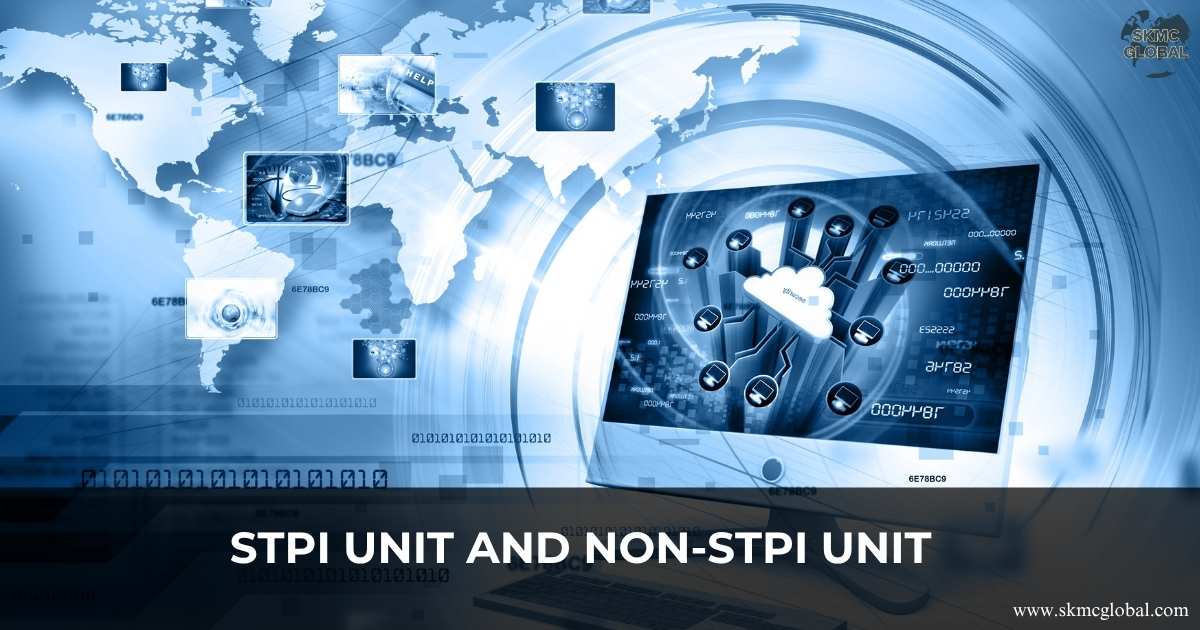 STPI Unit and Non-STPI Unit...
Oct 16,2025
STPI Unit and Non-STPI Unit...
Oct 16,2025
-
 Country-by-Country Reporting (CbCR) and Its Evolvi...
Oct 09,2025
Country-by-Country Reporting (CbCR) and Its Evolvi...
Oct 09,2025
-
 What is Free Trade Agreement and Certificate of Or...
Oct 08,2025
What is Free Trade Agreement and Certificate of Or...
Oct 08,2025
-
 What is the relevance of status holders certificat...
Oct 06,2025
What is the relevance of status holders certificat...
Oct 06,2025
-
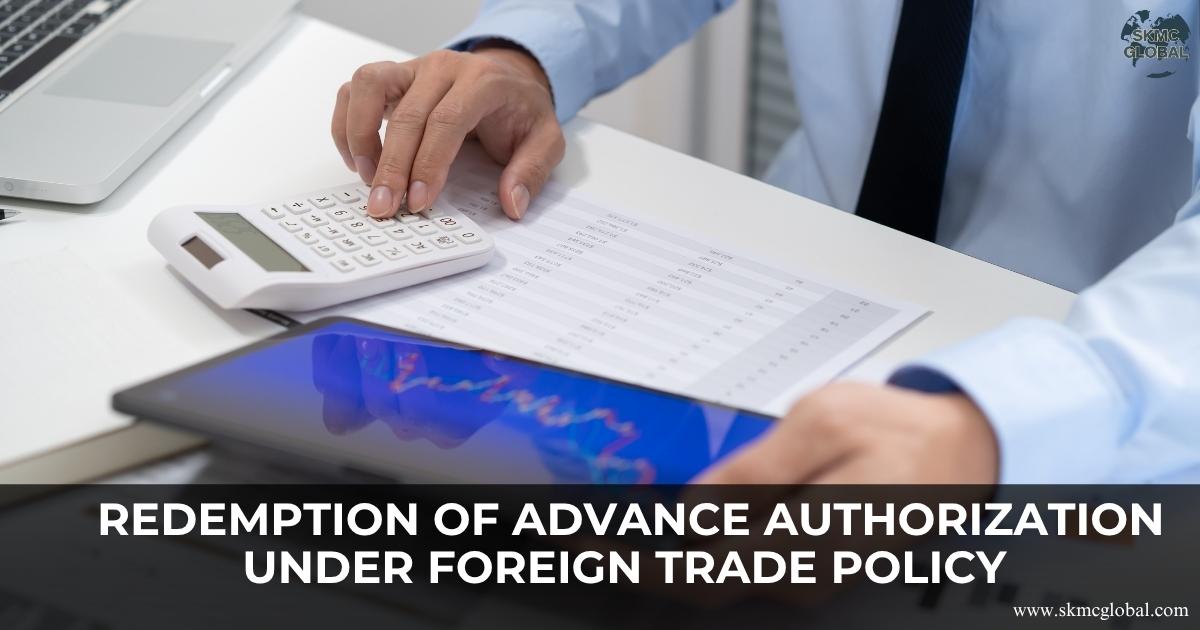 Redemption of Advance Authorization under Foreign ...
Oct 04,2025
Redemption of Advance Authorization under Foreign ...
Oct 04,2025
-
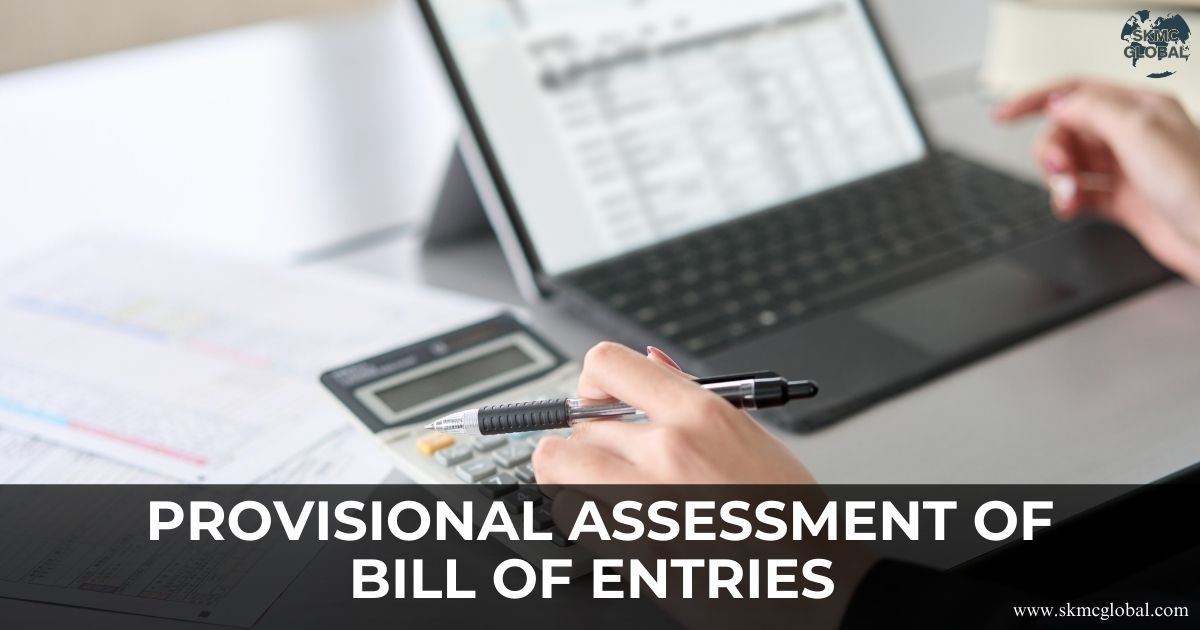 What is provisional assessment of Bill of Entries ...
Sep 29,2025
What is provisional assessment of Bill of Entries ...
Sep 29,2025
-
 Redemption of EPCG License...
Sep 26,2025
Redemption of EPCG License...
Sep 26,2025
-
 MOOWR (Manufacturing and Other Operations in Wareh...
Sep 24,2025
MOOWR (Manufacturing and Other Operations in Wareh...
Sep 24,2025
-
 Procedure to Apply SCOMET License...
Sep 22,2025
Procedure to Apply SCOMET License...
Sep 22,2025
-
 Landscape of Semiconductor Industry while Doing Bu...
Sep 18,2025
Landscape of Semiconductor Industry while Doing Bu...
Sep 18,2025
-
 The Hidden Costs of In-House Accounting v/s Outsou...
Sep 17,2025
The Hidden Costs of In-House Accounting v/s Outsou...
Sep 17,2025
-
 TDS on sale of immovable property by an nri...
Sep 10,2025
TDS on sale of immovable property by an nri...
Sep 10,2025
-
 Setting up a Project Office in India...
Sep 08,2025
Setting up a Project Office in India...
Sep 08,2025
-
 Tax Implication for Transferring NRO Funds to NRE ...
Sep 05,2025
Tax Implication for Transferring NRO Funds to NRE ...
Sep 05,2025
-
 How outsourcing CFO services helps the corporates ...
Aug 27,2025
How outsourcing CFO services helps the corporates ...
Aug 27,2025
-
 Why a Periodical Cash Flow Statement is Necessary ...
Aug 26,2025
Why a Periodical Cash Flow Statement is Necessary ...
Aug 26,2025
-
 What is FATCA and CRS reporting and its difference...
Aug 22,2025
What is FATCA and CRS reporting and its difference...
Aug 22,2025
-
 What are unclaimed TDS Credits and how to claim it...
Aug 21,2025
What are unclaimed TDS Credits and how to claim it...
Aug 21,2025
-
 Digital Taxation is reshaping Tax Nexus Between Ju...
Aug 20,2025
Digital Taxation is reshaping Tax Nexus Between Ju...
Aug 20,2025
-
 Procedure to Take PF Registration and Its Complian...
Aug 18,2025
Procedure to Take PF Registration and Its Complian...
Aug 18,2025
-
 Procedure to take PSARA License...
Aug 11,2025
Procedure to take PSARA License...
Aug 11,2025
-
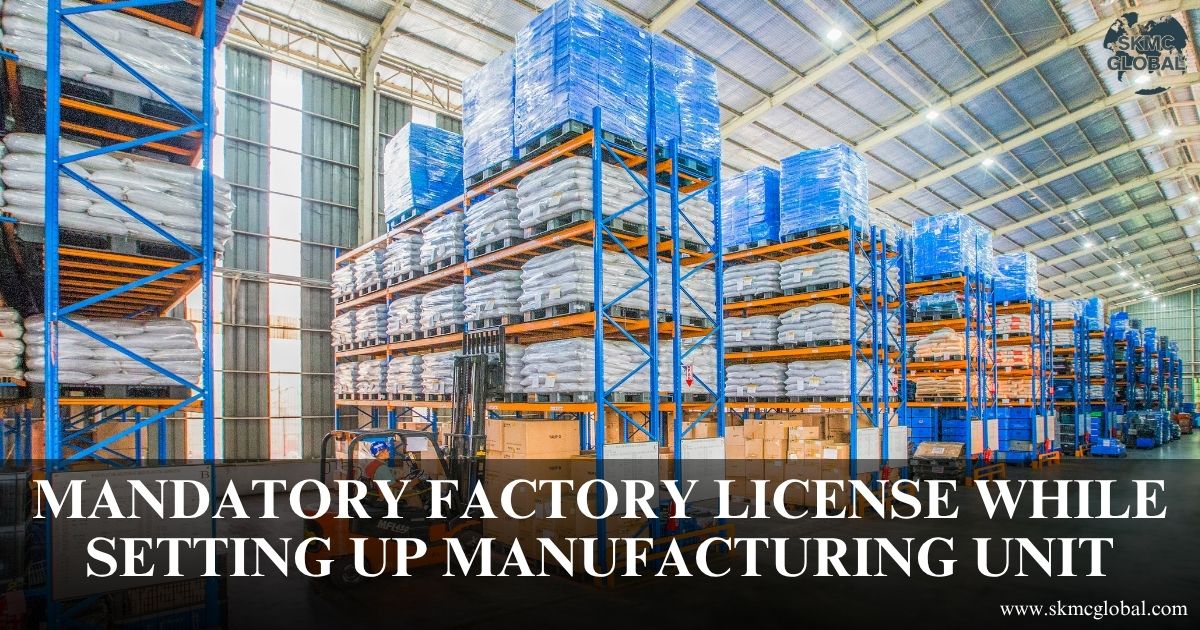 Mandatory factory license while setting up manufac...
Aug 08,2025
Mandatory factory license while setting up manufac...
Aug 08,2025
-
 Procedure for obtaining NBFC Registration in India...
Aug 04,2025
Procedure for obtaining NBFC Registration in India...
Aug 04,2025
-
 FSSAI License registration for Food Business...
Jul 14,2025
FSSAI License registration for Food Business...
Jul 14,2025
-
 How Management Information System (MIS) reporting ...
Jul 11,2025
How Management Information System (MIS) reporting ...
Jul 11,2025
-
 IFRS 9 impairment- A complete guide...
Jul 12,2025
IFRS 9 impairment- A complete guide...
Jul 12,2025
-
 Why most of the companies are shifting to hr and p...
Jul 10,2025
Why most of the companies are shifting to hr and p...
Jul 10,2025
-
 A complete guide on valuation of shares...
Jul 10,2025
A complete guide on valuation of shares...
Jul 10,2025
-
 BIS registration for foreign manufacturer...
Jul 09,2025
BIS registration for foreign manufacturer...
Jul 09,2025
-
 Understanding the Scope of the Shops and Establish...
Jul 08,2025
Understanding the Scope of the Shops and Establish...
Jul 08,2025
-
 Coso framework: Complete guide on internal control...
Jun 26,2025
Coso framework: Complete guide on internal control...
Jun 26,2025
-
 Components and Process for Conducting Internal Aud...
Jun 25,2025
Components and Process for Conducting Internal Aud...
Jun 25,2025
-
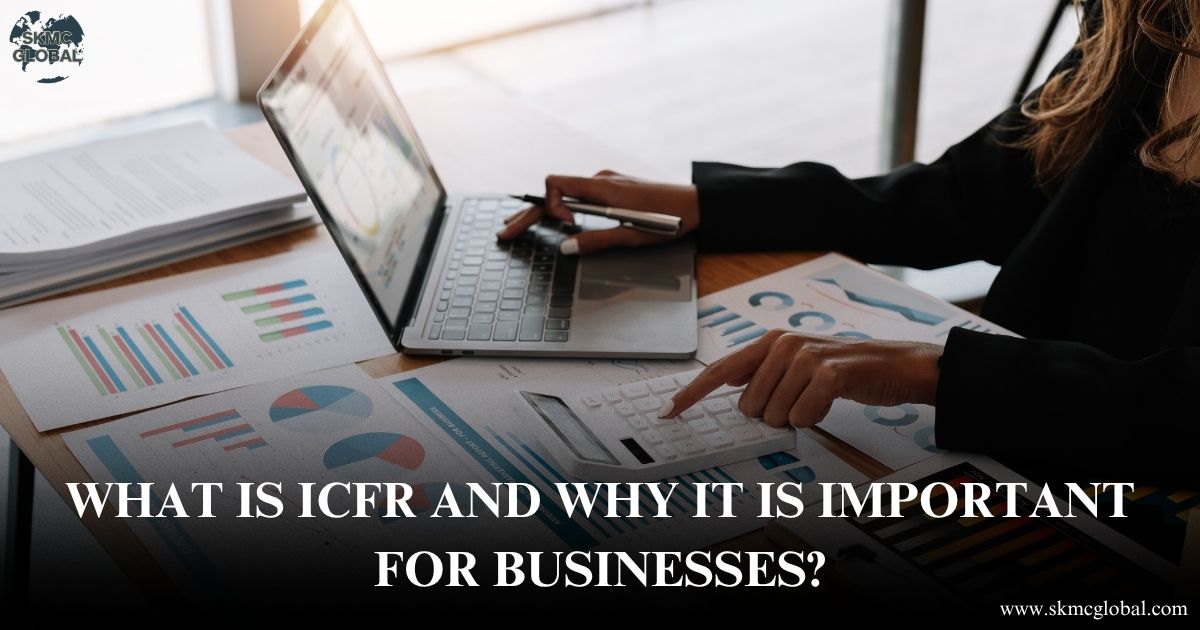 What is ICFR and Why It is Important for Businesse...
Jun 24,2025
What is ICFR and Why It is Important for Businesse...
Jun 24,2025
-
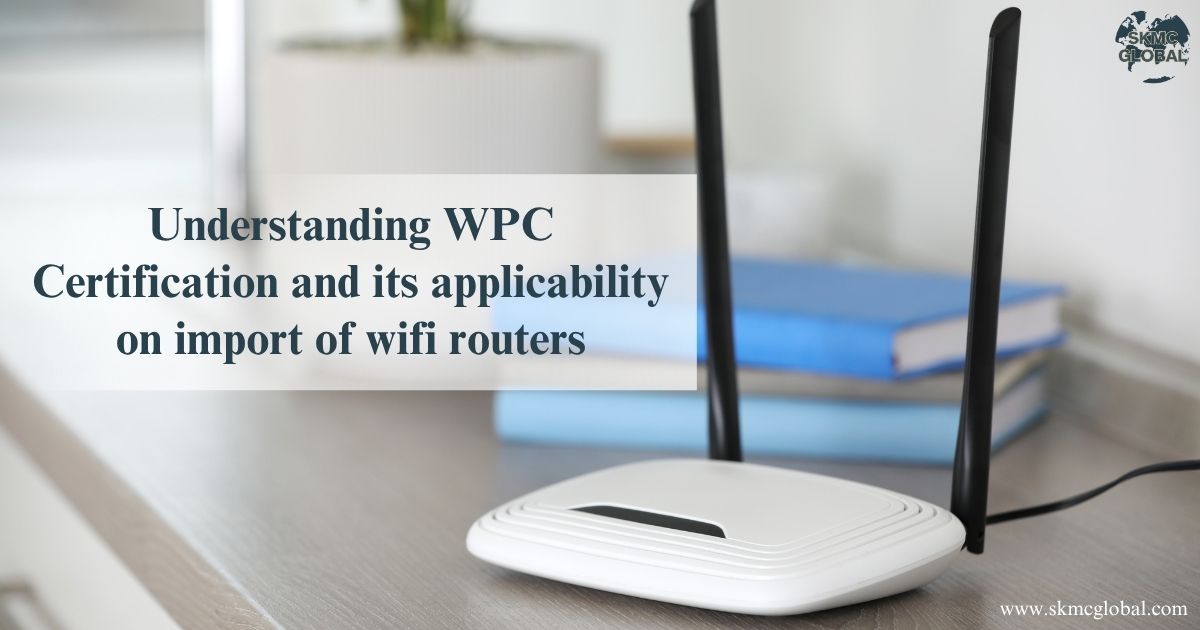 Understanding WPC Certification and its applicabil...
Jun 23,2025
Understanding WPC Certification and its applicabil...
Jun 23,2025
-
 Procedure to take EPR registration for battery was...
Jun 21,2025
Procedure to take EPR registration for battery was...
Jun 21,2025
-
 3PL Logistics...
Jun 19,2025
3PL Logistics...
Jun 19,2025
-
 What is E-Waste and role of EPR in Waste Managemen...
Jun 17,2025
What is E-Waste and role of EPR in Waste Managemen...
Jun 17,2025
-
 M&A Due Diligence in India: How to Spot Target Com...
Jun 16,2025
M&A Due Diligence in India: How to Spot Target Com...
Jun 16,2025
-
 BIS crs certification for electronic products...
Jun 12,2025
BIS crs certification for electronic products...
Jun 12,2025
-
 All you need to know about WPC ETA certification f...
Jun 11,2025
All you need to know about WPC ETA certification f...
Jun 11,2025
-
 What is CDSCO Registration under The Drugs & Cosme...
Jun 10,2025
What is CDSCO Registration under The Drugs & Cosme...
Jun 10,2025
-
 Procedure to Take CDSCO Registration in India: A C...
Jun 09,2025
Procedure to Take CDSCO Registration in India: A C...
Jun 09,2025
-
 All You Need to Know About AERB Registration...
Jun 07,2025
All You Need to Know About AERB Registration...
Jun 07,2025
-
 Understanding POSH (Prevention of Sexual Harassmen...
Jun 03,2025
Understanding POSH (Prevention of Sexual Harassmen...
Jun 03,2025
-
 Chartered Accountant's role in financial managemen...
May 23,2025
Chartered Accountant's role in financial managemen...
May 23,2025
-
 5 Things to keep in mind while running your payrol...
May 17,2025
5 Things to keep in mind while running your payrol...
May 17,2025
-
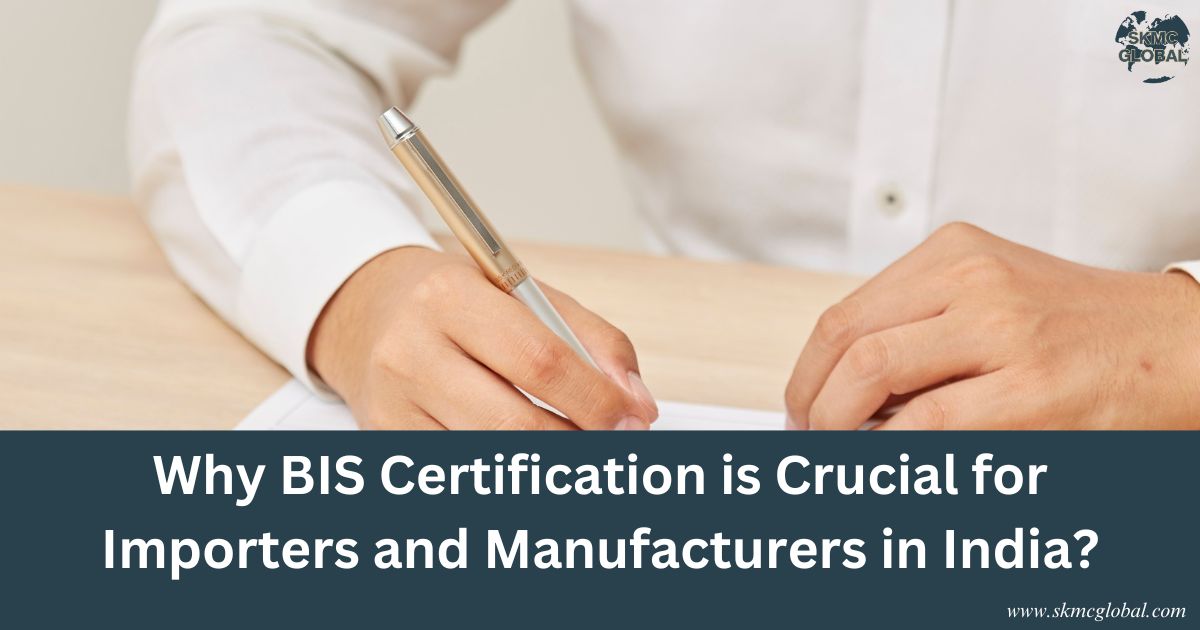 Why BIS Certification is Crucial for Importers and...
May 15,2025
Why BIS Certification is Crucial for Importers and...
May 15,2025
-
 Top 7 Reasons Indian Entrepreneurs Are Switching t...
May 07,2025
Top 7 Reasons Indian Entrepreneurs Are Switching t...
May 07,2025
-
 Incorporation of Company in Japan...
Apr 24,2025
Incorporation of Company in Japan...
Apr 24,2025
-
 How to set up a Representative Office in Singapore...
Apr 14,2025
How to set up a Representative Office in Singapore...
Apr 14,2025
-
 BIS certificate for medical equipments...
Apr 09,2025
BIS certificate for medical equipments...
Apr 09,2025
-
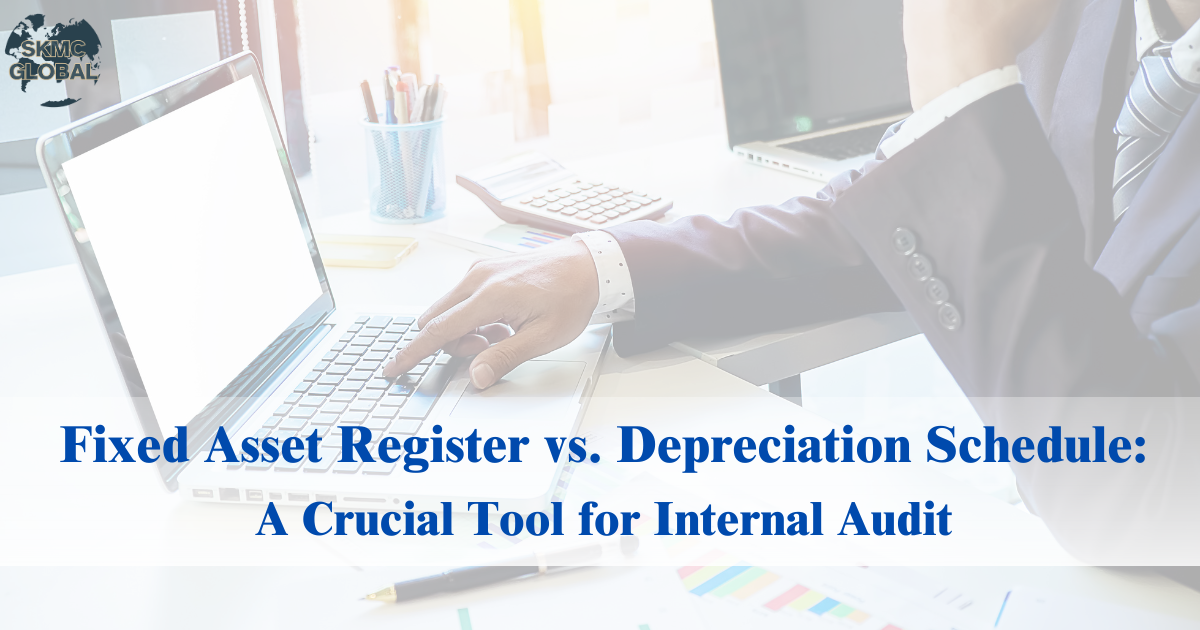 Fixed Asset Register v/s Depreciation Schedule: A ...
Apr 02,2025
Fixed Asset Register v/s Depreciation Schedule: A ...
Apr 02,2025
-
 Role of AI in Accounting...
Mar 26,2025
Role of AI in Accounting...
Mar 26,2025
-
 Capital Structure & its Impact on Profitability...
Feb 21,2025
Capital Structure & its Impact on Profitability...
Feb 21,2025
-
 Union Budget 2025...
Feb 01,2025
Union Budget 2025...
Feb 01,2025
-
 What is EPR in Plastic waste Management? ...
Jul 12,2022
What is EPR in Plastic waste Management? ...
Jul 12,2022
-
 Lithium-ion Battery Recycling Plant Setup in India...
May 10,2022
Lithium-ion Battery Recycling Plant Setup in India...
May 10,2022
-
 Setting up E-waste Recycling Plant Setup...
Jan 12,2022
Setting up E-waste Recycling Plant Setup...
Jan 12,2022
-
 Applicability of Labour Laws in India...
Jul 15,2021
Applicability of Labour Laws in India...
Jul 15,2021
-
 Basis to Outsource Finance and Accounting Services...
Oct 31,2021
Basis to Outsource Finance and Accounting Services...
Oct 31,2021
